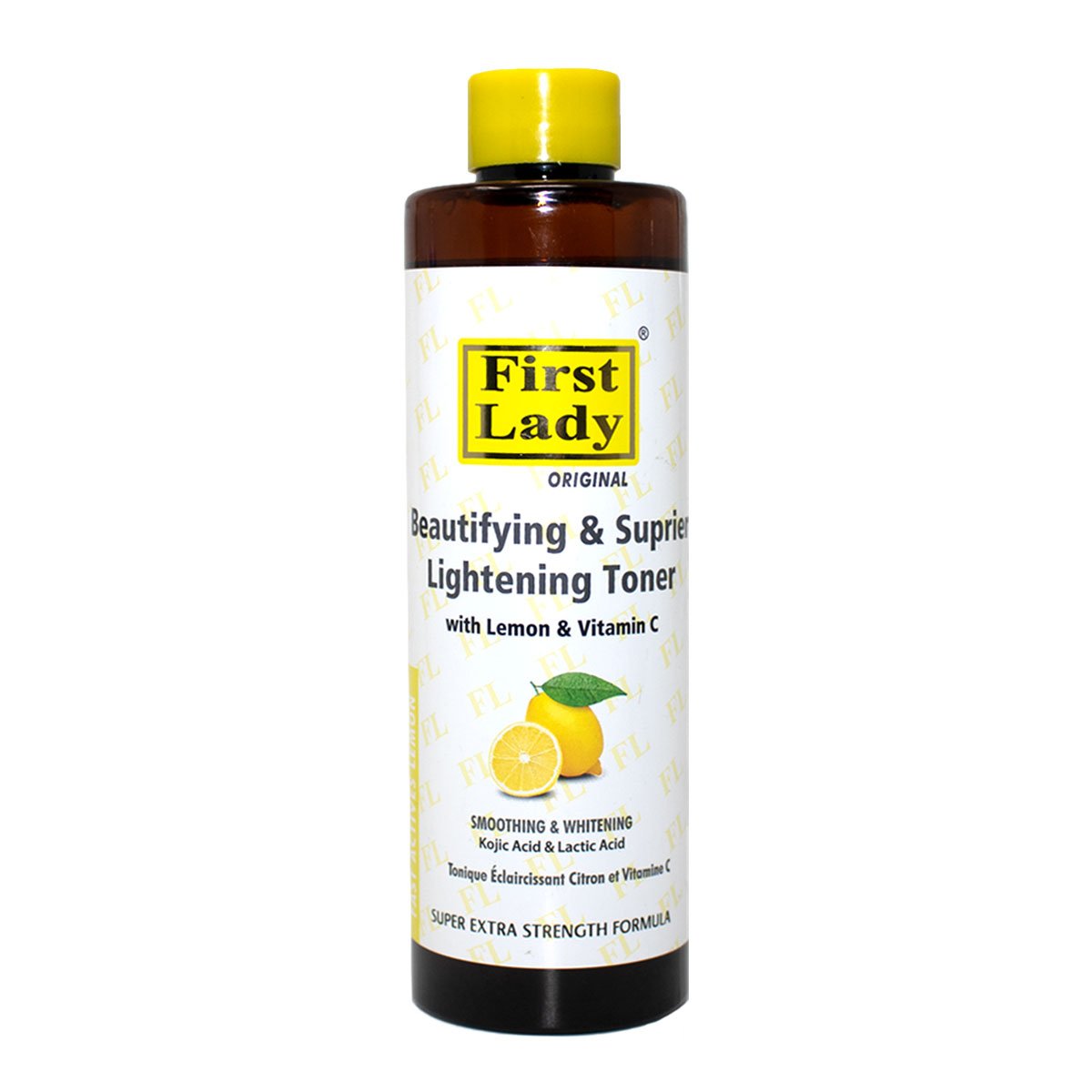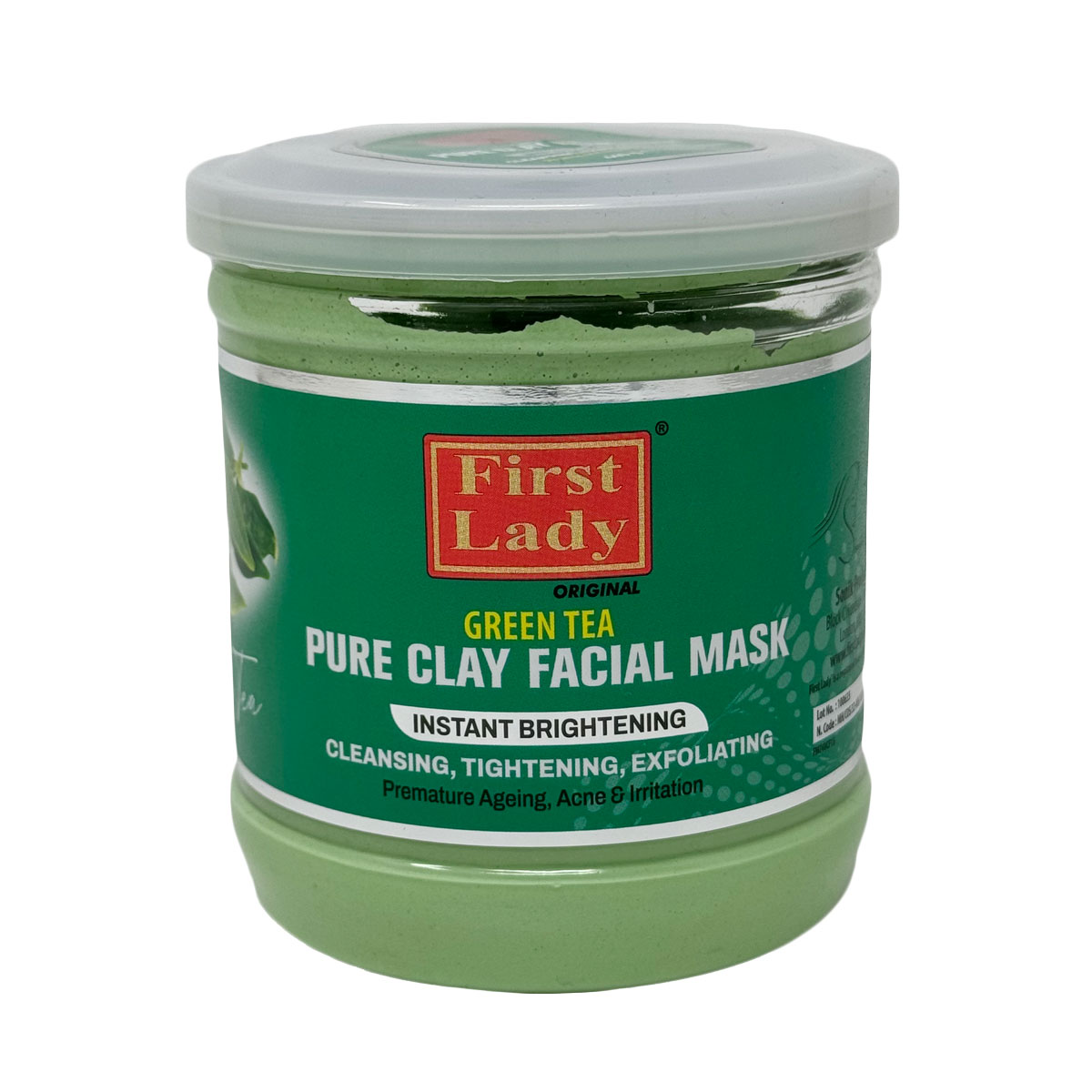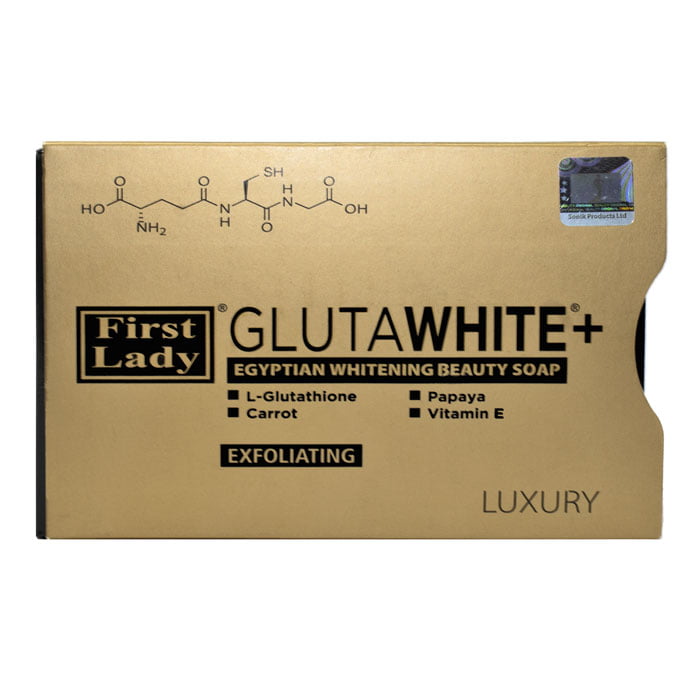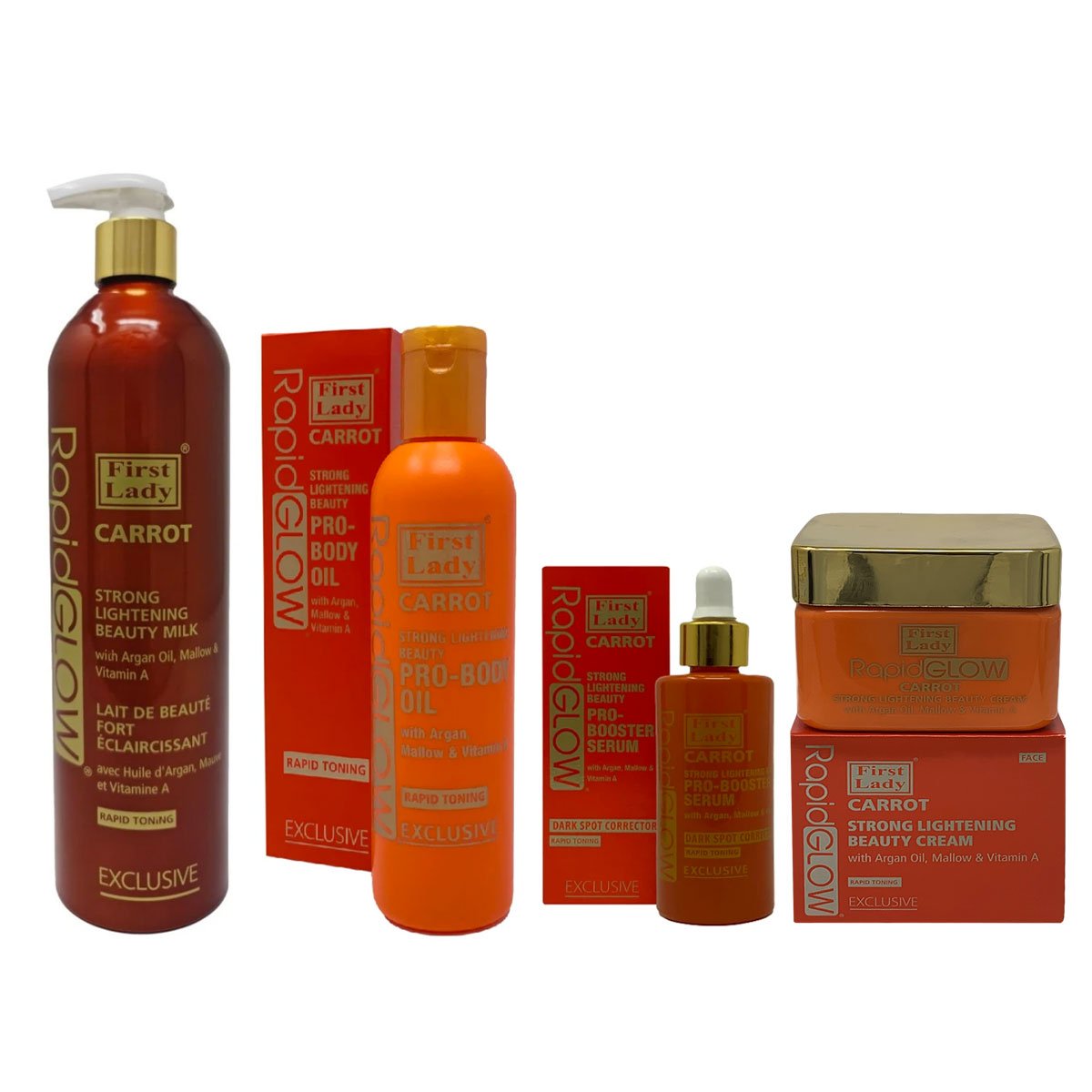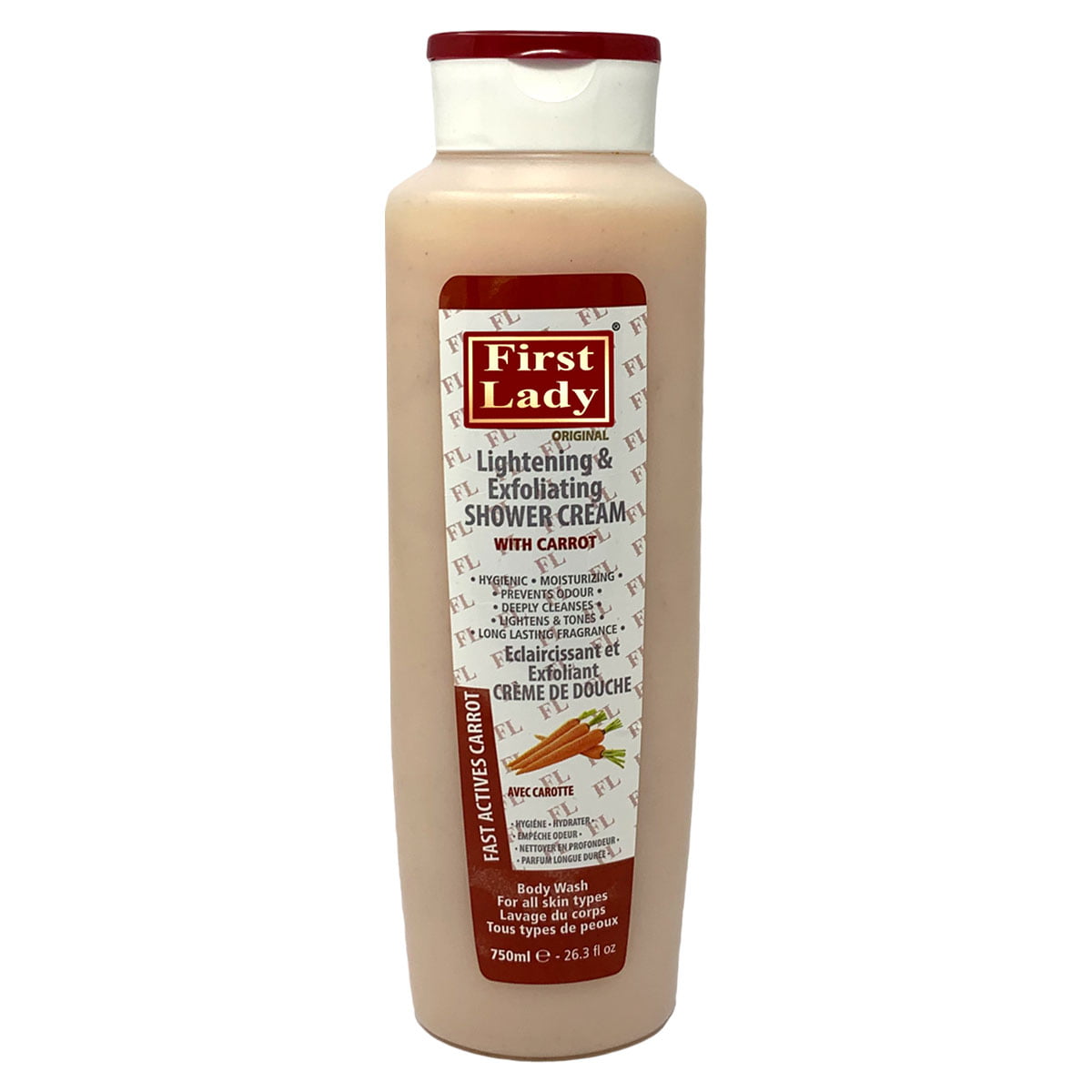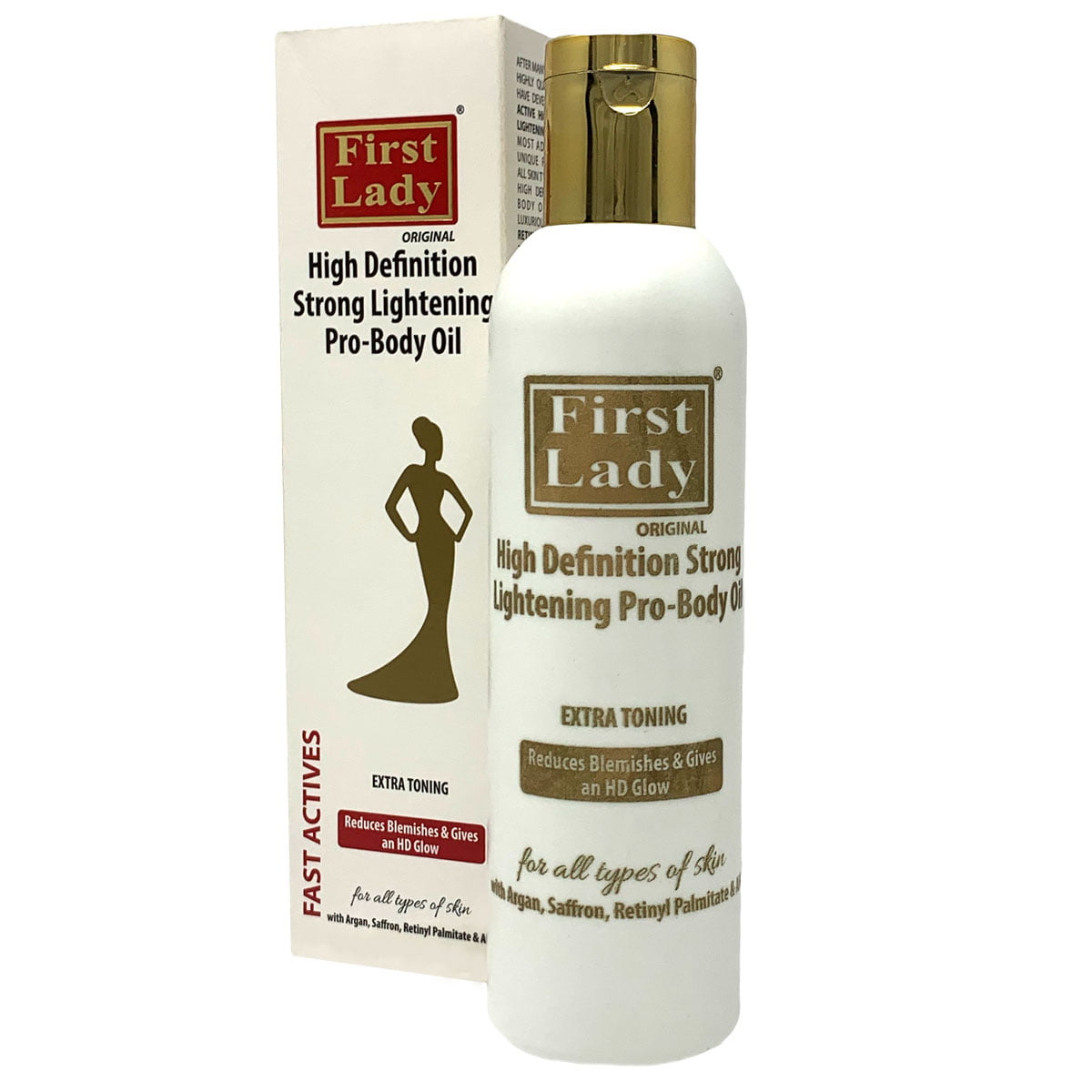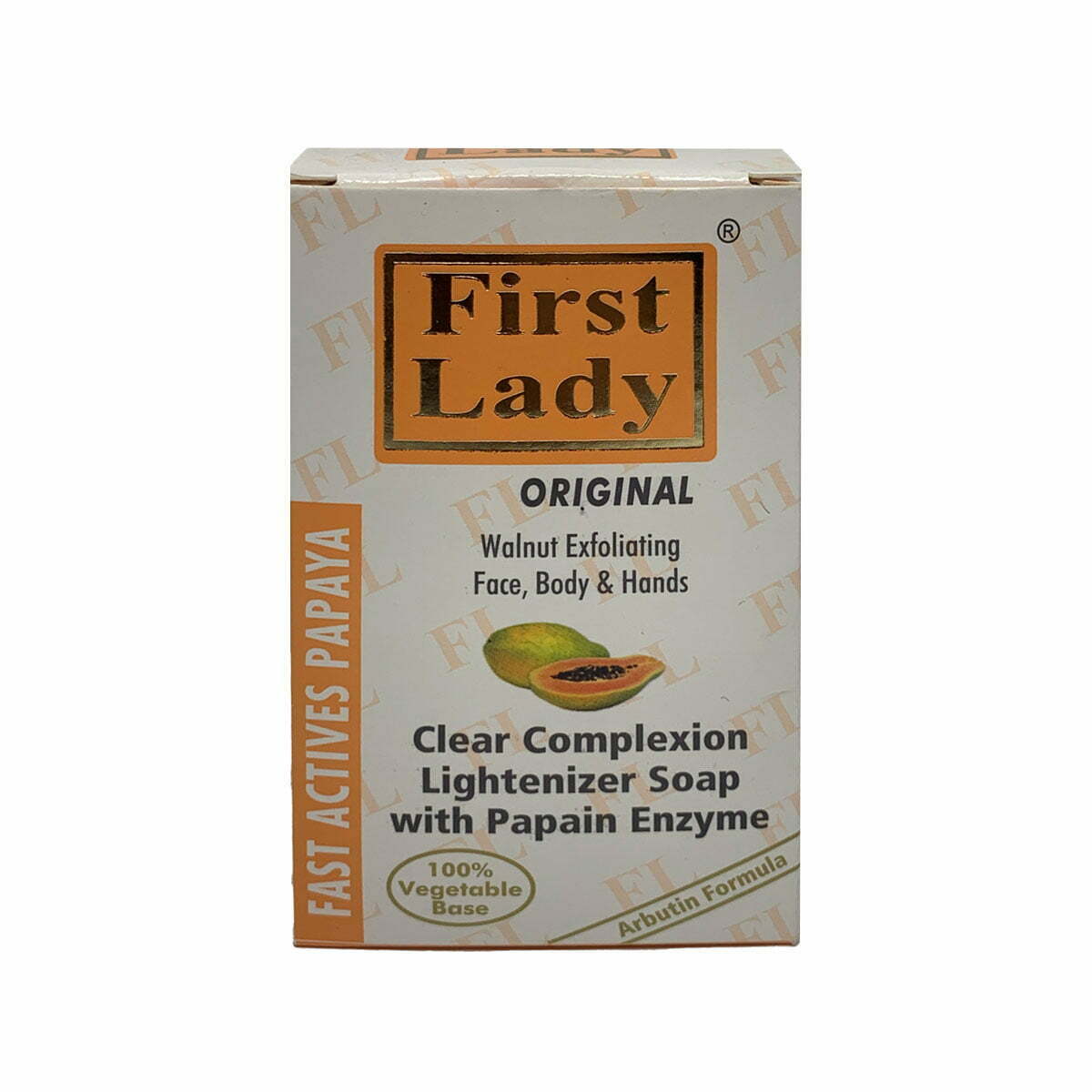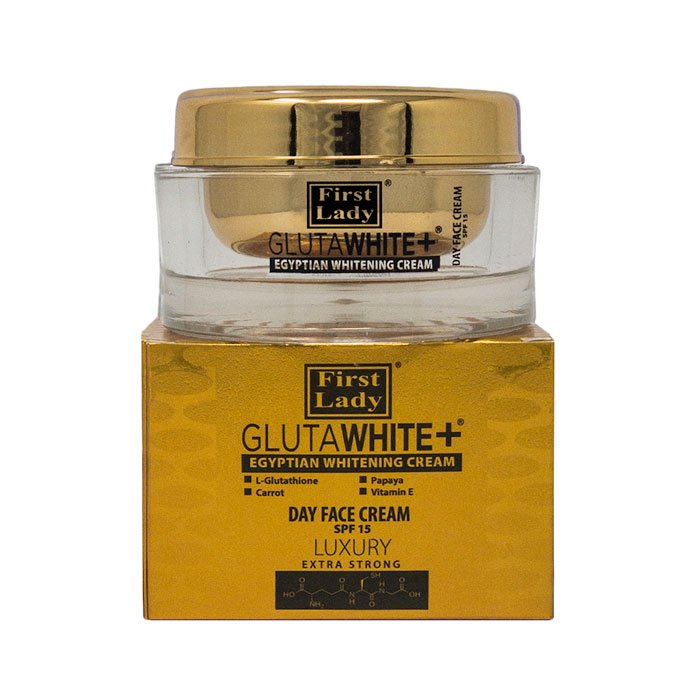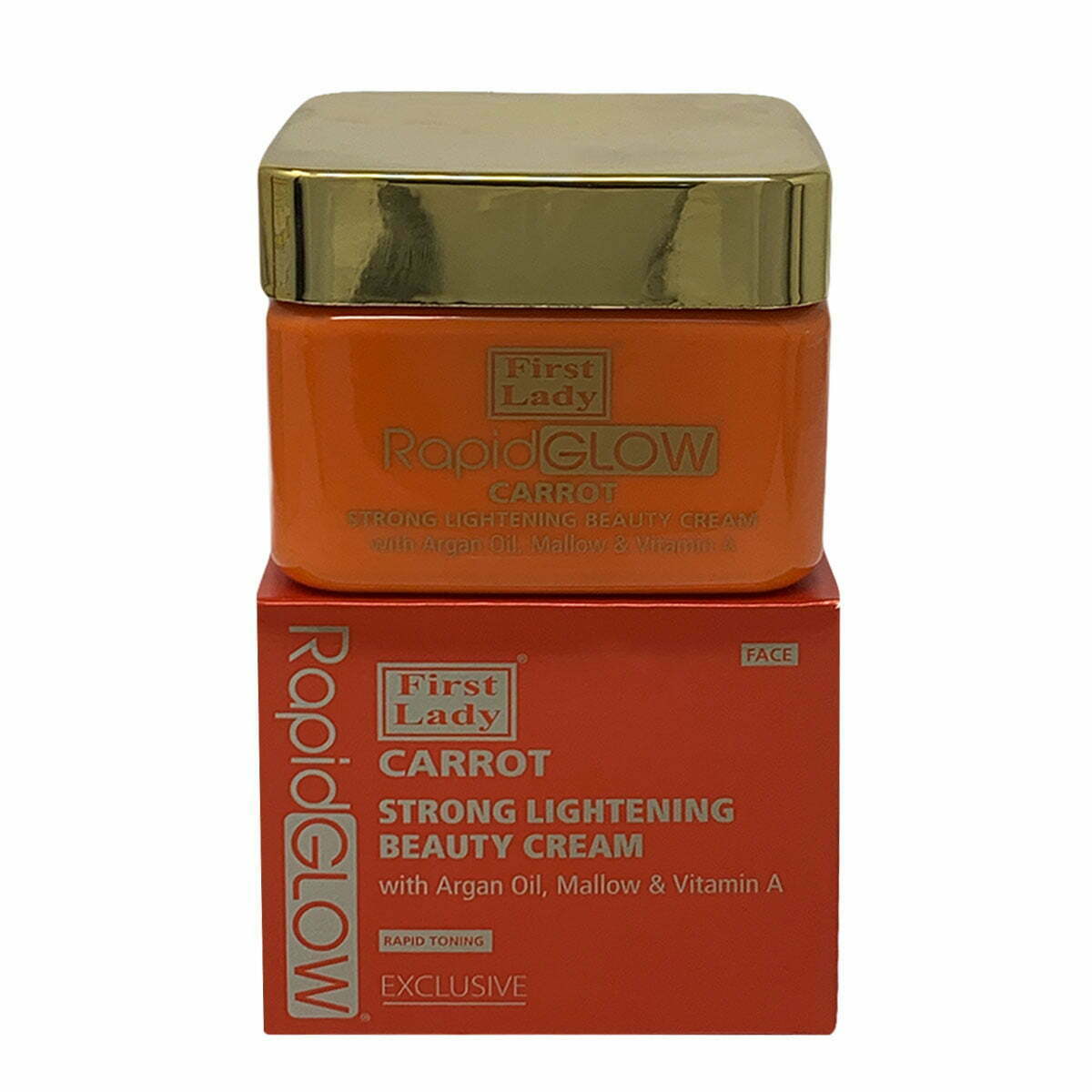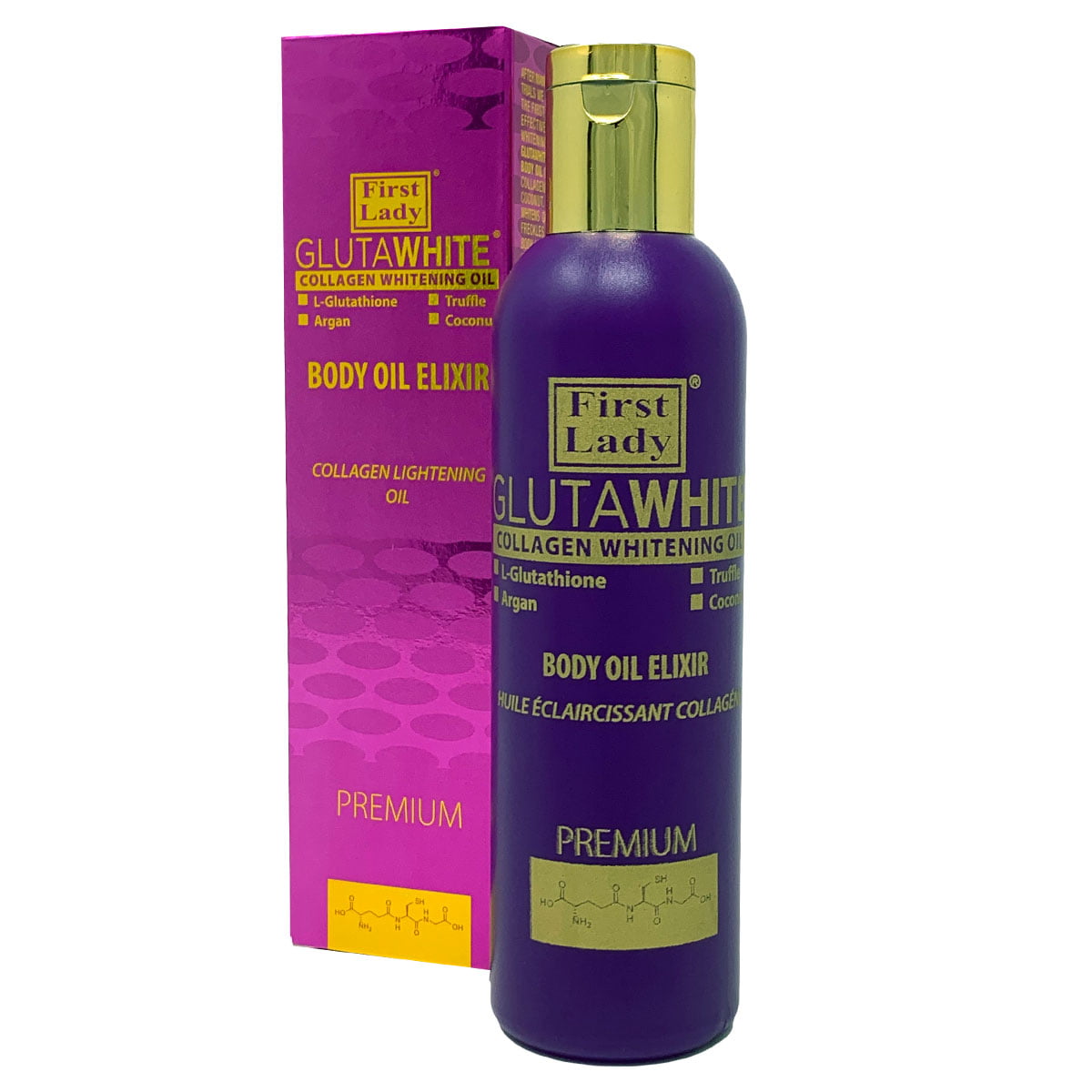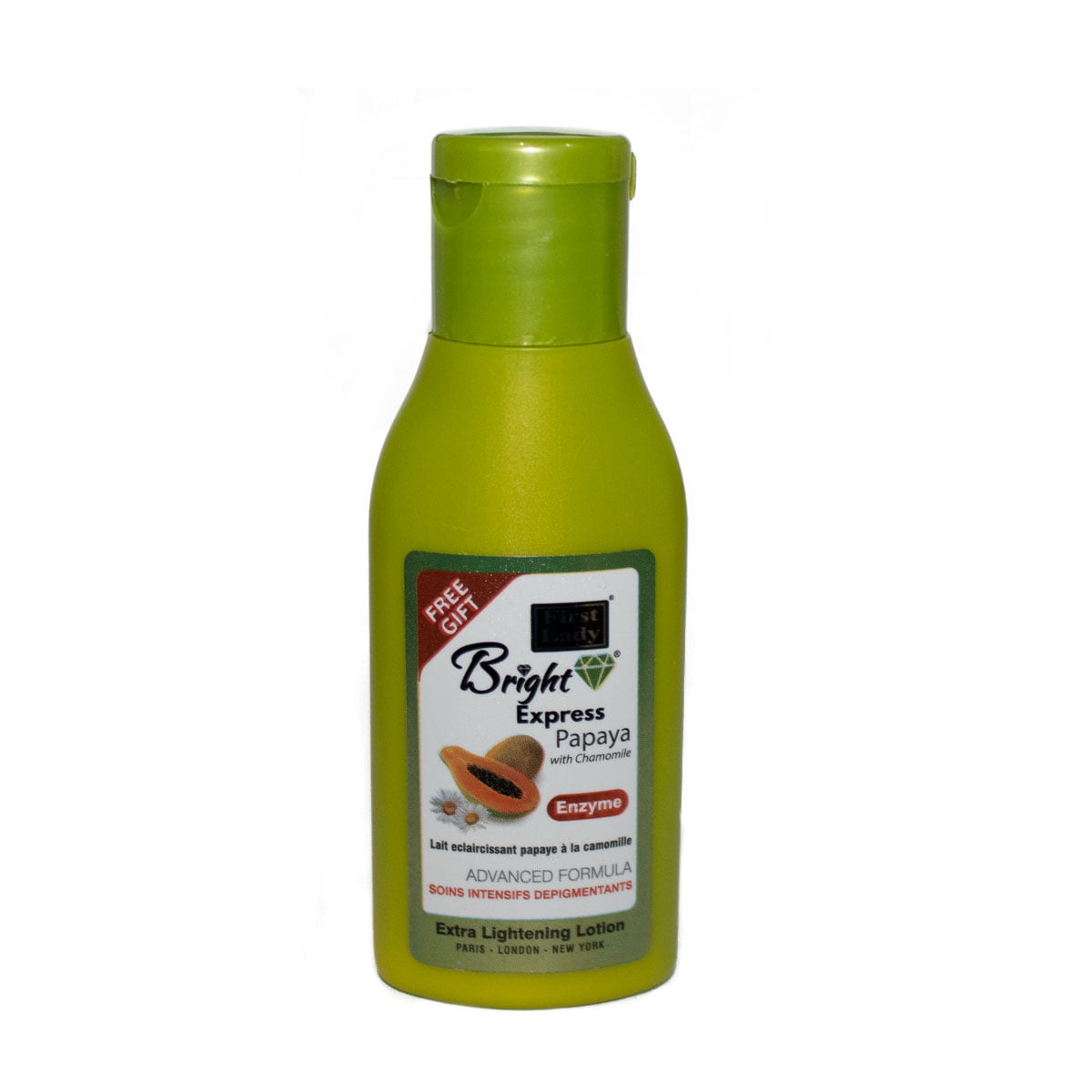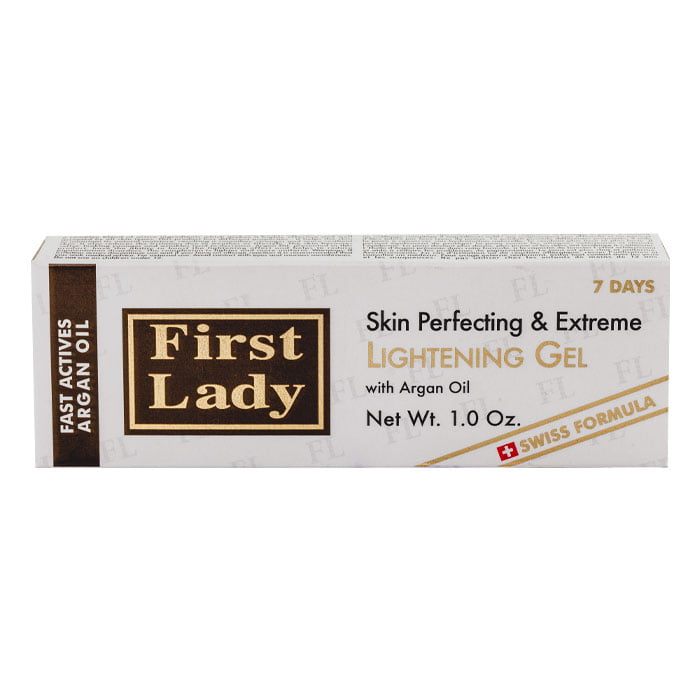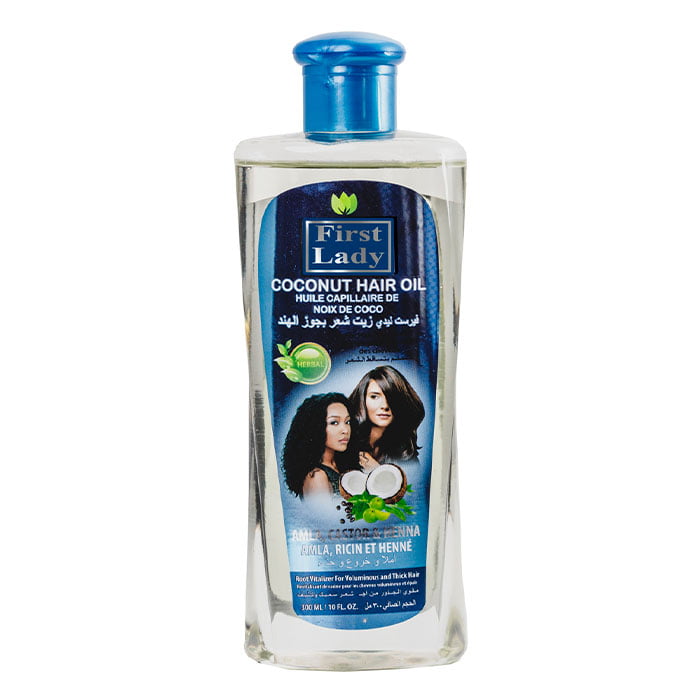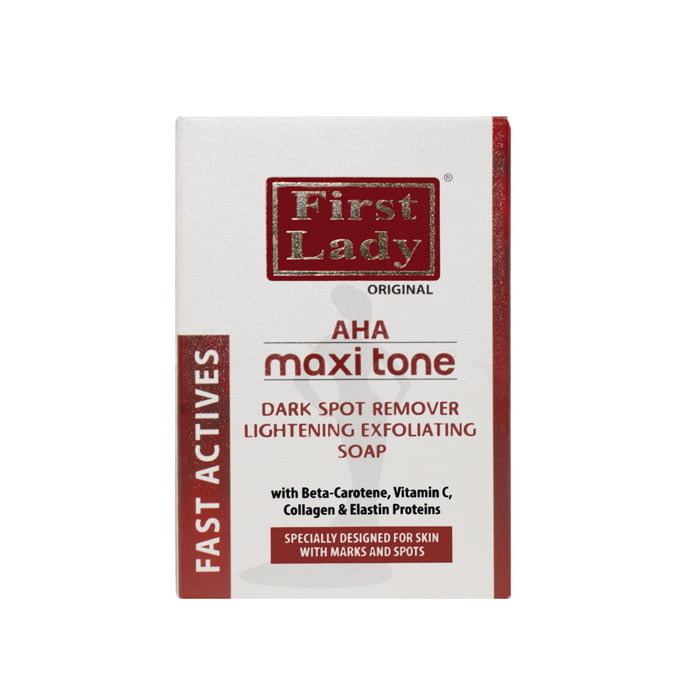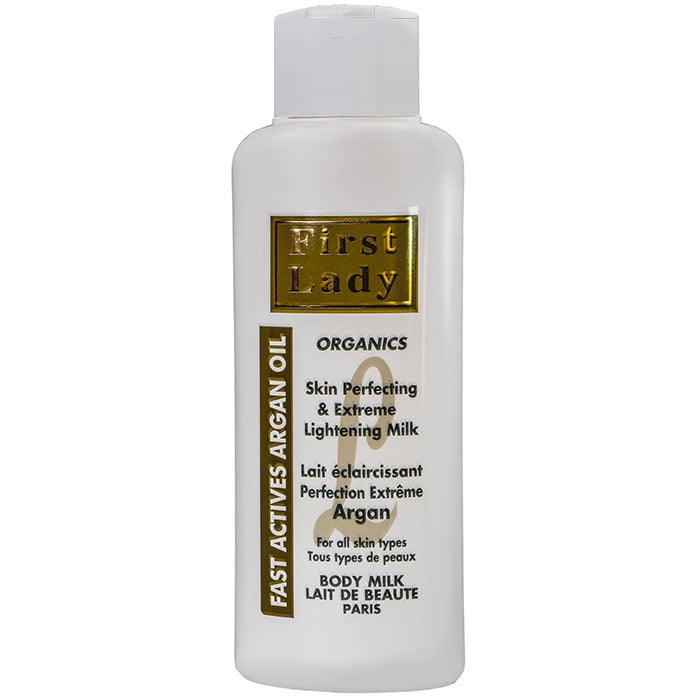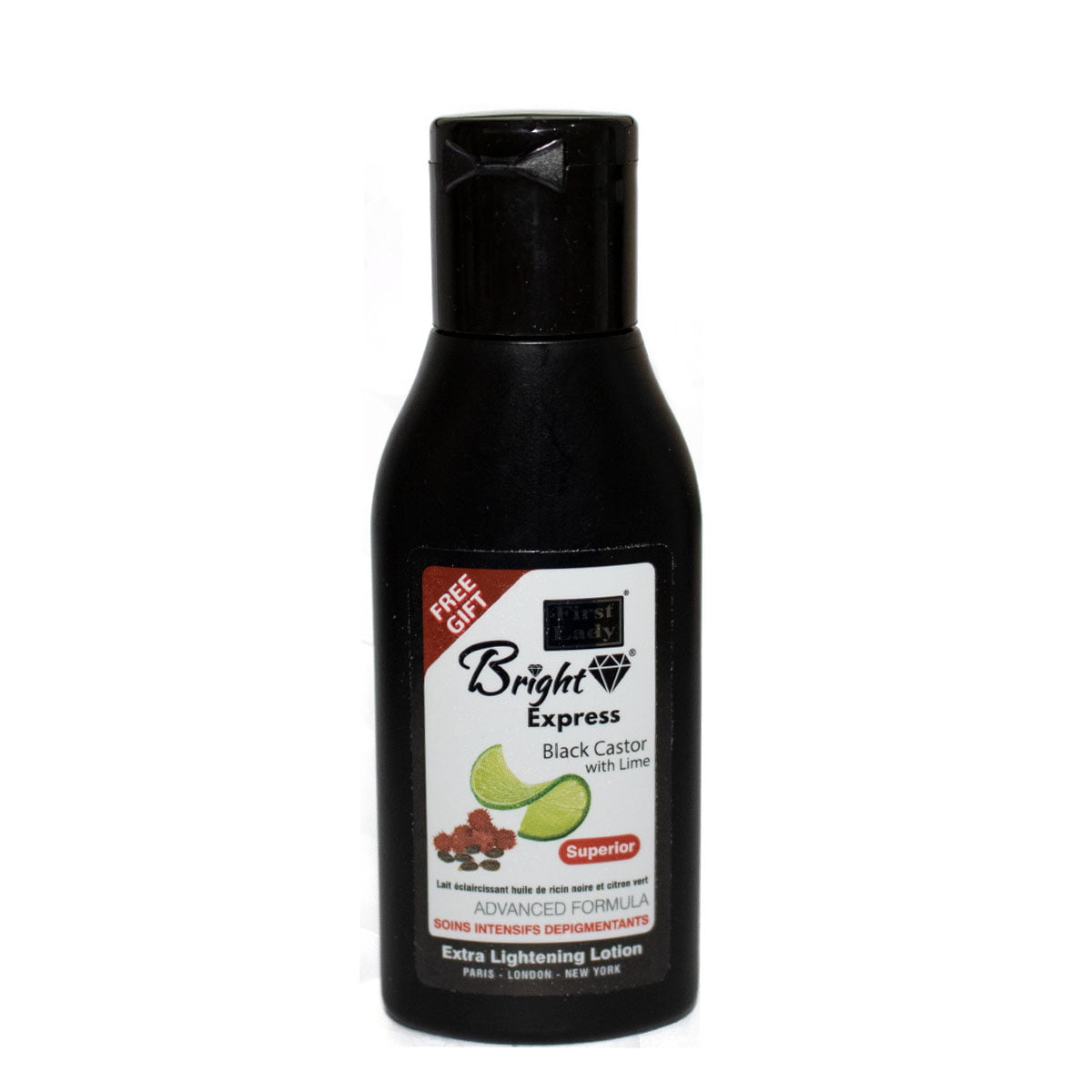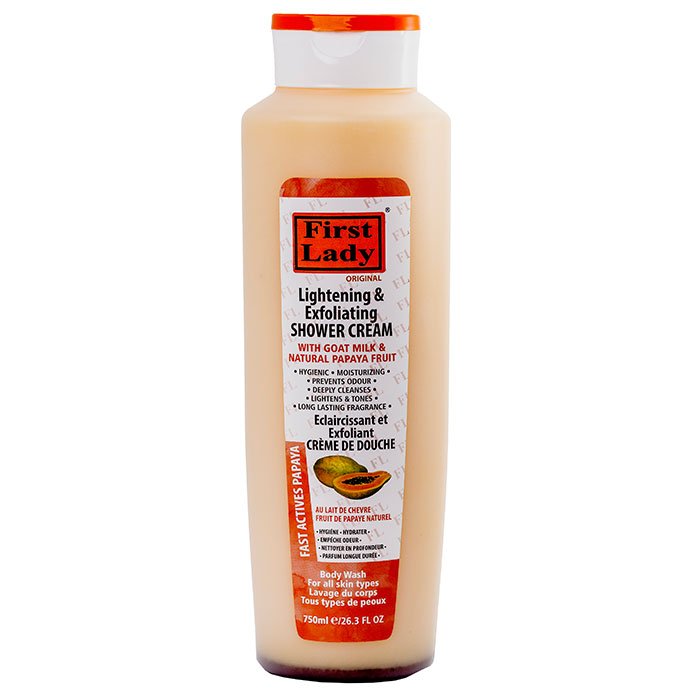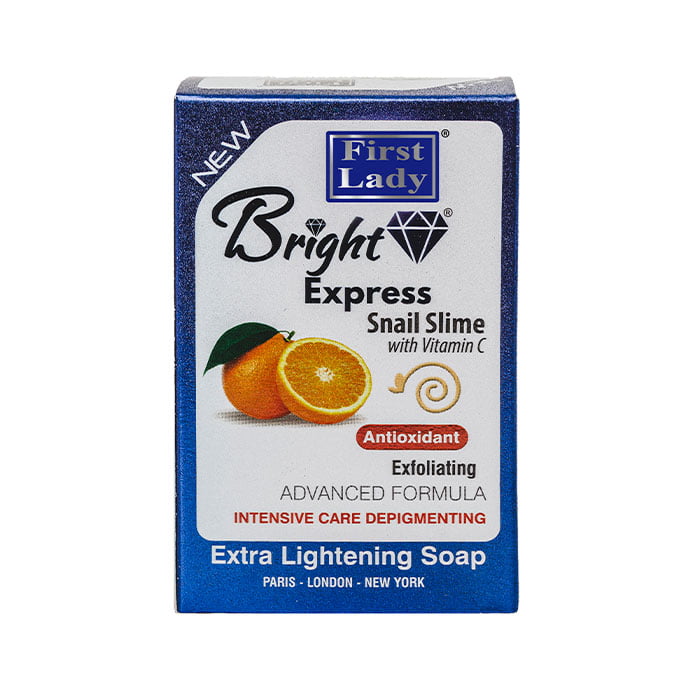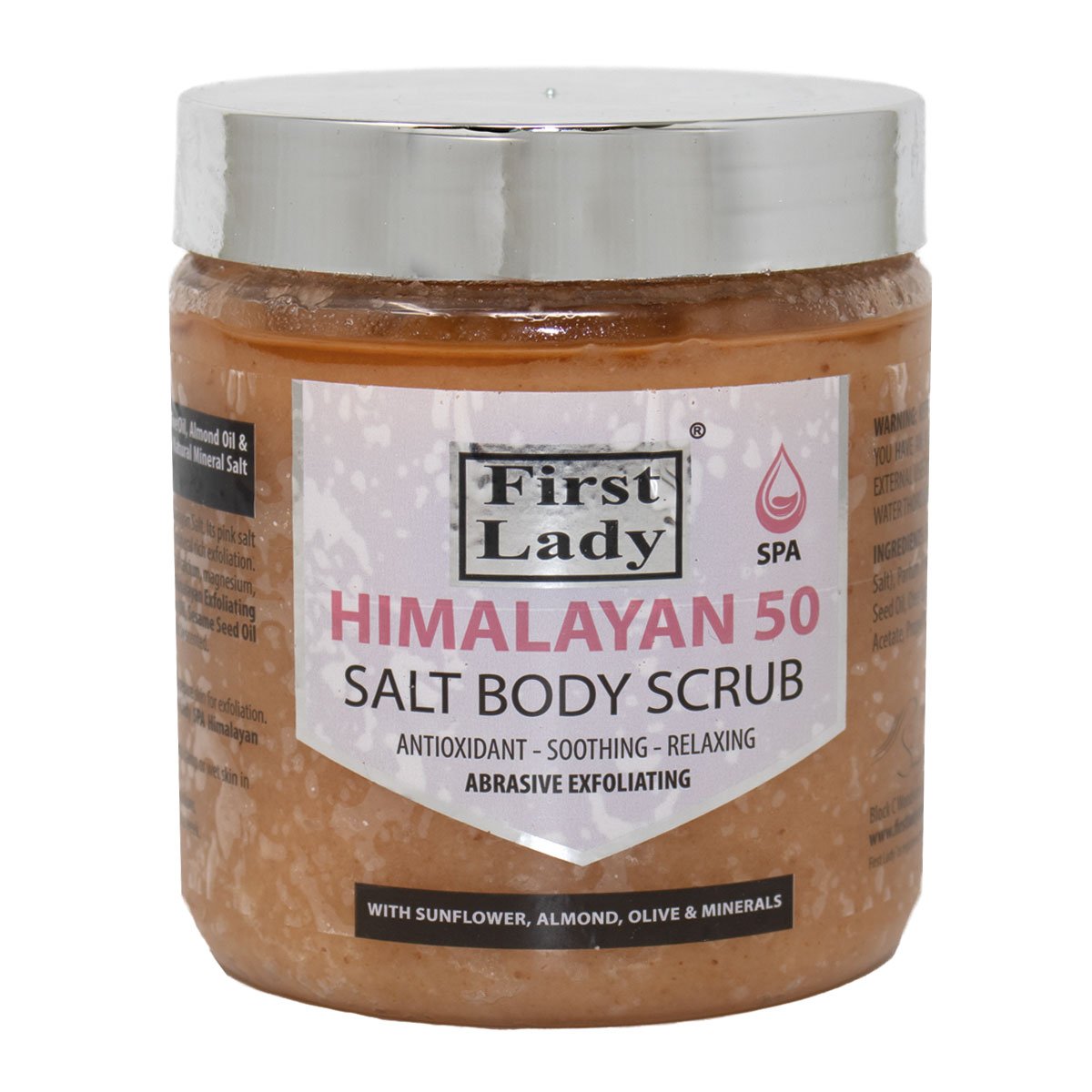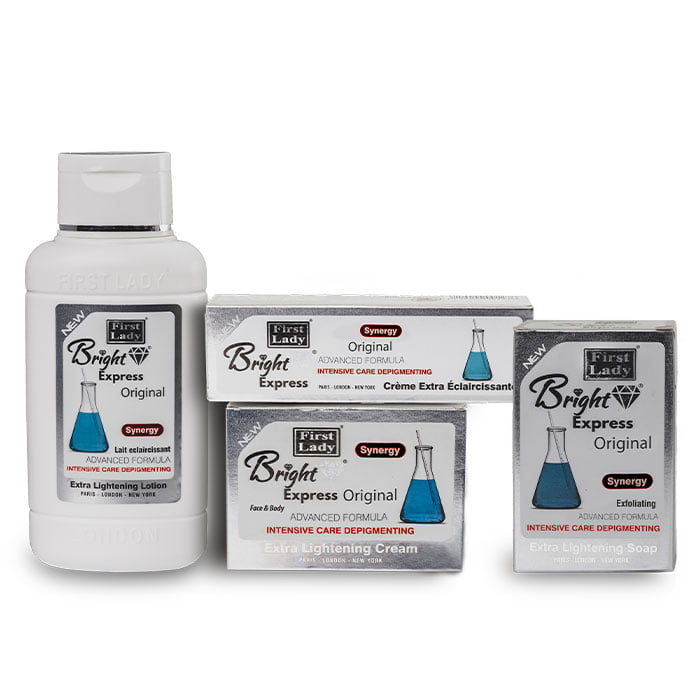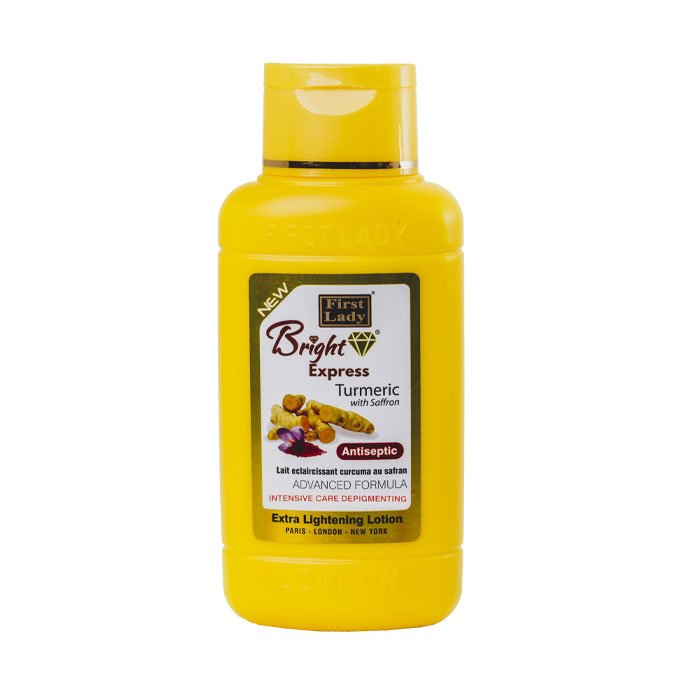How to Use a Kojic Acid Toner for Better Skin: A Complete Guide
Learn how to use a kojic acid toner in your face care routine, learn the benefits of balancing your skin pH, and explore First Lady London’s high-performance lightening toners.

Including the right toner in your skincare routine can make a difference, especially if you’re targeting hyperpigmentation, uneven skin tone, or dullness. In this guide, we’ll walk you through how to use a kojic acid toner correctly, explain why toners are essential for balancing your skin’s pH, and introduce you to First Lady London’s range of brightening toners that can elevate your glow game.
Why Use a Toner in Your Skincare Routine?
Before diving into kojic acid toners, let’s explore the fundamental purpose of toners in general.
Toners are a preparatory step that helps rebalance your skin’s pH after cleansing. According to the NHS and the British Association of Dermatologists, healthy skin typically has a slightly acidic pH of around 4.7 to 5.75. Unfortunately, many cleansers are alkaline and can disrupt this balance, leading to dryness, irritation, and acne flare-ups (Source).
Toners help restore the skin’s natural acidity, allowing better absorption of serums and moisturisers applied afterwards. They also remove any leftover dirt, oil, or cleanser residue.
What is Kojic Acid, and Why Is It Used in Toners?
Kojic acid is a skin-brightening ingredient derived from fungi. It’s widely known for suppressing melanin production by inhibiting the enzyme tyrosinase. In simpler terms, it helps fade:
- Dark spots
- Sun damage
- Melasma
- Post-inflammatory hyperpigmentation
This makes kojic acid a favorite in skincare routines focused on lightening and evening out skin tone. Toners offer a gentle, leave-on treatment that acts on the skin even after application.
How to Use a Kojic Acid Toner Properly
Let’s break down the best practices on how to use a kojic acid toner for optimal results:
Step 1: Start with a Clean Face
Begin by washing your face with a gentle, clarifying cleanser. A good face wash or soap helps by removing dirt and impurities while prepping your skin for treatment.
Step 2: Apply the Toner
Use a cotton pad or clean hands to apply your kojic acid toner. Sweep it gently over your face and neck, avoiding the eye area. Let it absorb fully do not rinse.
Try the First Lady Superior Lightening Face Toner, formulated to even out pigmentation and rebalance the skin.
Step 3: Follow With a Serum or Moisturiser
After your toner is dry, follow up with a targeted serum such as Rapid Glow Carrot Strong Lightening Beauty PRO Booster Serum and follow with a face moisturiser products like Rapid Glow Carrot Strong Lightening Beauty Face Cream.
Step 4: Use SPF in the Daytime
Kojic acid can make your skin more sensitive to sunlight. To protect your skin and maintain your results, it is crucial to apply a broad-spectrum SPF 30 or higher every morning.
How Often Should You Use a Kojic Acid Toner?
For most skin types, twice a day is sufficient. If you have sensitive or dry skin, start with 2–3 times per week and monitor how your skin reacts. Gradually increase the frequency if tolerated.
What Makes First Lady’s Toners Stand Out?
First Lady London offers a variety of expertly formulated toners and cleansers tailored to different skin types and concerns. Here are some standout products:
First Lady Complexion Lightener Face Cleansing
This daily cleanser is enriched with active brightening agents, which remove impurities and excess oil while prepping the skin for treatment.
First Lady Strong Lightening Face Cleansing
A potent formulation that targets deeply rooted pigmentation and blemishes. It is ideal for stubborn skin tone concerns.
First Lady Superior Lightening Face Toner
This high-performance toner helps tighten pores, fade dark spots, and restore skin clarity. It’s especially effective when used after cleansing.
 £4.99
£4.99Indulge in the transformative benefits of the First Lady Fast Actives Beautifying Superior Lightening Face Toner With Lemon & Vitamin C. It reduces skin discolouration, diminishes dark spots and dark areas. Read our blog: The Surprising Benefits of Lemon Extract on Your Skin
First Lady Fast Actives Kojic Lightening
A nourishing cream that complements the toner and delivers long-lasting hydration and brightening.
The Science Behind Kojic Acid
Multiple studies have validated the efficacy of kojic acid for treating melasma and hyperpigmentation. According to a report published in the Journal of Cosmetic Dermatology, kojic acid is comparable to hydroquinone in performance but with fewer side effects. This makes it a gentler option for long-term use.
Furthermore, kojic acid is often combined with other actives, such as glycolic acid and arbutin, for a synergistic effect in some of First Lady’s advanced formulas.
Benefits of Using Kojic Acid Toners
- Fades Dark Spots: Consistent use helps lighten existing pigmentation.
- Evens Out Skin Tone: Promotes a more balanced, radiant complexion.
- Enhances Absorption: Preps skin to absorb serums and creams more effectively.
- Hydrates & Refreshes: Soothes and conditions the skin.
- Non-Comedogenic: Most formulations won’t clog pores, making them safe for acne-prone skin.
Tips for Best Results
- Always patch test before completing the application.
- Store products in a cool, dark place to preserve potency.
- Be consistent. Skin lightening is a gradual process.
Final Thoughts
If you’re serious about improving skin tone and tackling hyperpigmentation, understanding how to use a kojic acid toner is essential. By incorporating high-quality products like those from First Lady London, you get the brightening power of kojic acid and enjoy skin-nourishing botanicals and scientifically backed ingredients.
Consistent use of a well-rounded skincare routine with a kojic acid toner can lead to visibly more apparent, smoother, and luminous skin.
Explore First Lady London’s full toner and cleansing range:
References:
- British Association of Dermatologists: https://www.bad.org.uk
- NHS Skincare Guidance: https://www.nhs.uk
- Journal of Cosmetic Dermatology: https://onlinelibrary.wiley.com/journal/14732165



